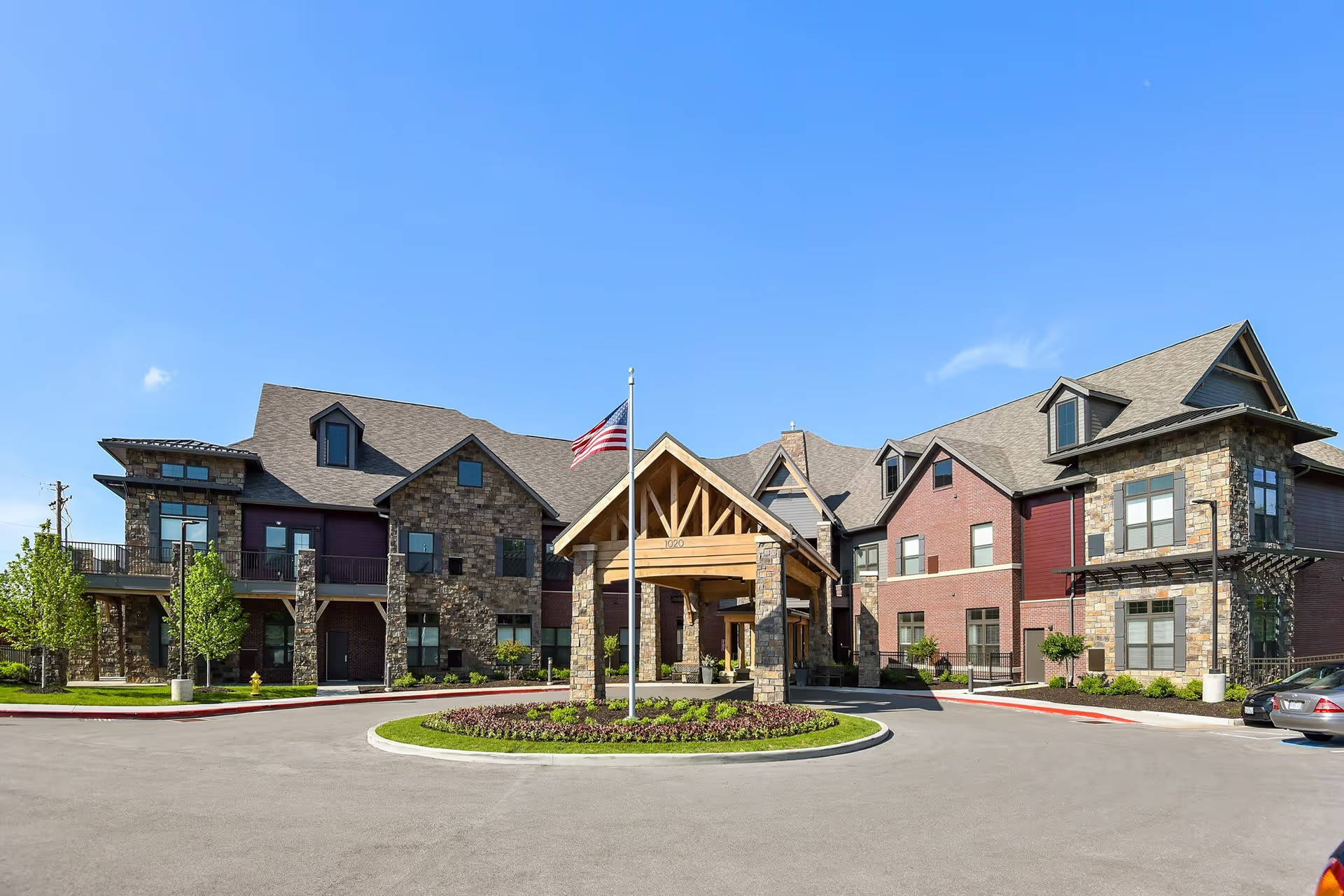Overall sentiment in the reviews is mixed, with strong praise for the facility's rehabilitation services and specific staff members but significant and recurring concerns about staffing, medication management, and basic personal care. Multiple reviewers highlight Lancaster Rehabilitation Center's therapy program — including capable physical therapists and a well-equipped therapy gym — as a clear strength. Many also praised individual nurses and CNAs as compassionate, respectful, and attentive, noting moments of one-on-one time, dignity-preserving care, and an ability to listen and respond when advocacy is present.
However, a consistent and significant theme across the reviews is understaffing and the operational consequences that follow. Reviewers describe long waits for nurse assistance, delayed or missed medications, and in some instances very serious lapses in personal care (reports of residents going weeks without bathing). Medication mix-ups and delays appear repeatedly and are singled out as a major safety concern; several reviewers explicitly caution that care requires strong advocacy. The staffing model is also criticized for distributing personnel evenly rather than prioritizing residents by acuity, which reviewers say results in unmet needs and unequal care delivery.
Dining and daily living are polarizing. A number of reviewers enjoyed table-side meal service, dessert carts, and special events like ice cream night and praised nutritious meal options. Conversely, others reported that meals were below expected standards (compared to hospital-level expectations), cited insufficient soft-meal options, and even reported missed supper service unless family intervened. This variability suggests inconsistency in food service quality and delivery depending on timing or staffing.
Activities and social engagement show mixed experiences. Some families and residents praised planned events (bingo, entertainers), committed activity staff, and special programming that helped with transitions. Others described a depressing atmosphere, poor engagement, or only basic activities. The presence of counselors to assist with transition, an enjoyed beauty parlor, and a nice outdoor area are positive environment features, but they do not uniformly offset reports that residents sometimes feel under-stimulated.
Facility features and safety details are largely positive: reviewers note a secure entrance with check-in, spacious and nicely decorated common areas, and the potential for volunteering. Yet there are also comments about shared rooms, inadequate in-room amenities (example: a hand-crank window in a neighboring room), and cleanliness/waste issues. The facility’s size is mentioned often; some view the large size positively for amenities, while others imply that scale may exacerbate staffing and management challenges.
Management and operational leadership draw mixed commentary as well. Some reviews label the management as not well-run and say the facility has declined over time. Others praise transparent care systems that allow family participation and oversight. Several people recommend the center with qualifications — that it can be excellent when staffed and managed properly, but that families should be vigilant and advocate strongly to ensure medications, personal care, and timely assistance are delivered.
In summary, Lancaster Rehabilitation Center appears to offer strong rehabilitation services, compassionate individual caregivers, and several attractive amenities and programs. However, reviewers repeatedly flag systemic issues — notably chronic understaffing, medication errors/delays, inconsistent personal care and dining, and uneven management — that can significantly affect resident safety and quality of life. Prospective residents and families should weigh the facility’s therapy strengths and supportive staff against these recurring operational concerns and be prepared to monitor care closely and advocate when necessary.







